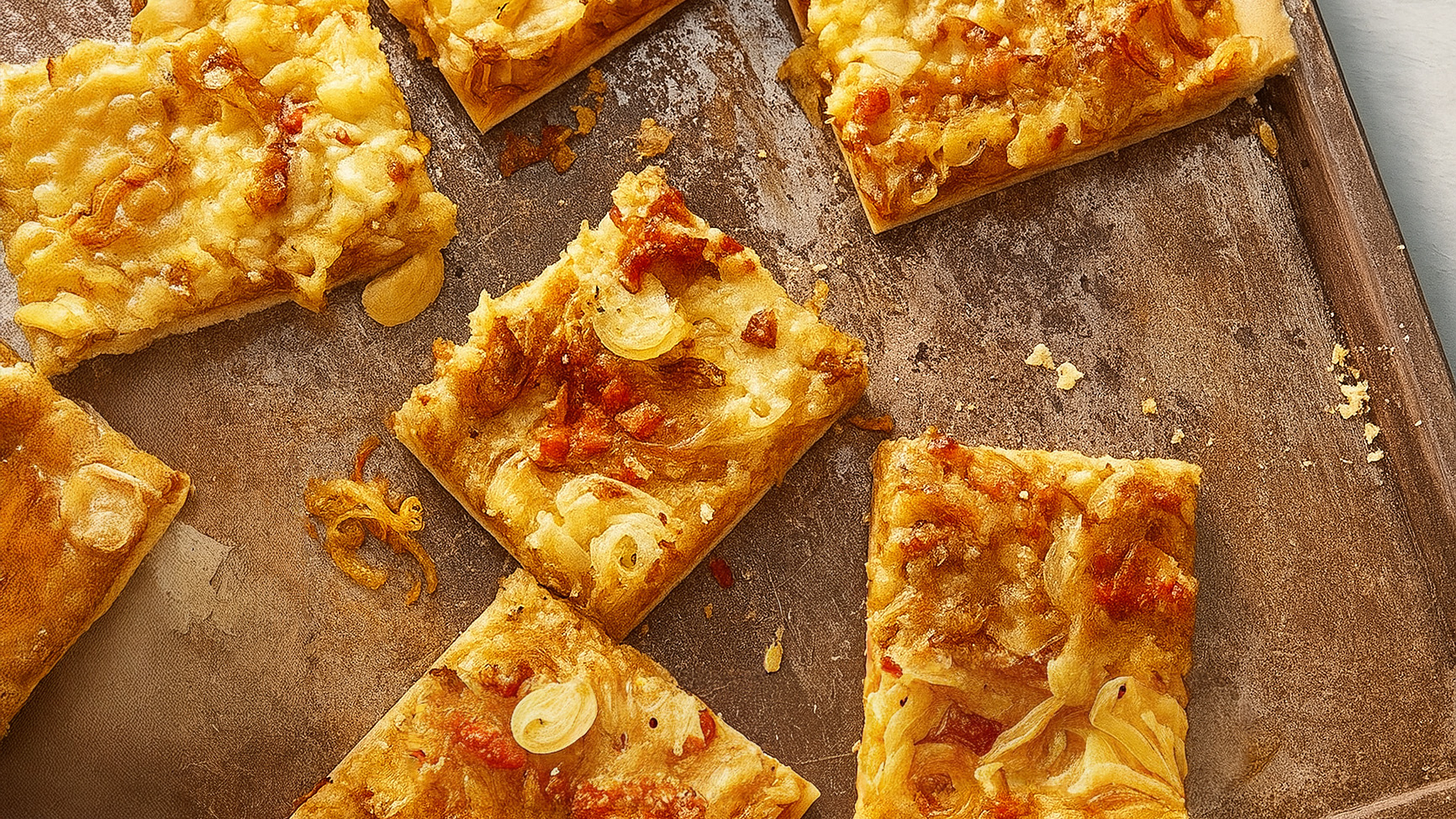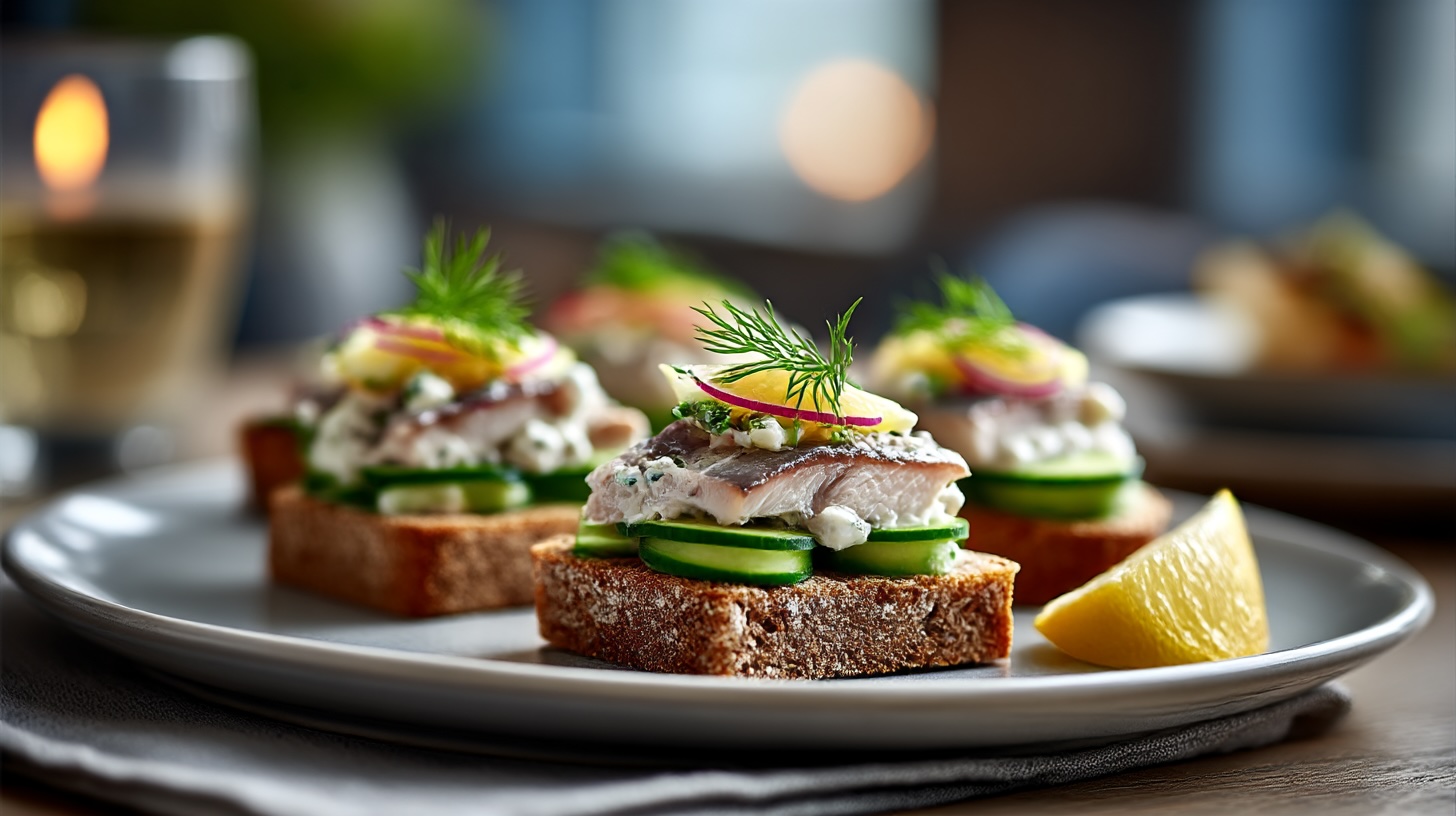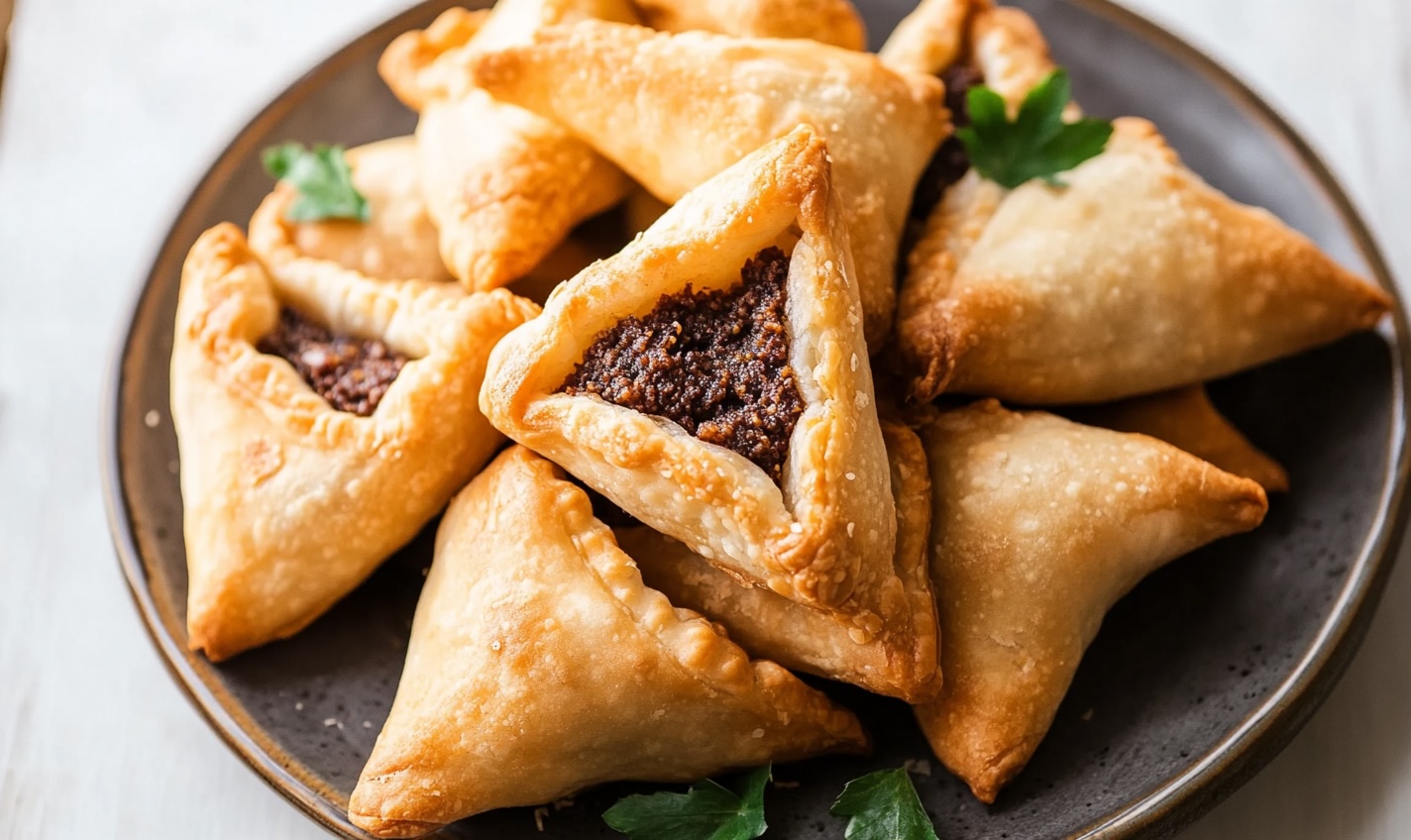Hallaca
Hallaca isn’t just food. It’s a wrapped-up, string-tied, banana-leaf-scented declaration that Christmas has arrived in Venezuela. Somewhere between a tamal and a communal therapy session, the hallaca has transcended its humble cornmeal origins to become a national obsession. Think of it as the edible equivalent of your uncle telling the same stories every year—but delicious.
So what is it? At first glance, a hallaca looks like a present you forgot under the tree. Wrapped in green banana leaves and tied like a parcel, it hides a golden dough (called “masa”) that’s been dyed with annatto and filled with a deliriously complex stew known as the guiso. It’s slow-cooked and slow-prepared, often taking several days of communal effort to assemble. This is not Tuesday night dinner. This is Christmas on a plate.
Let’s rewind to its origin story. Legend—and a generous helping of national pride—claims that the hallaca was born from the Spanish colonial table scraps. Enslaved or Indigenous cooks would gather leftovers from the masters’ feasts, wrap them in cornmeal and banana leaves, and steam them into something transcendent. In this way, the hallaca became a culinary metaphor for resilience: a way of taking odds and ends and turning them into tradition. It’s also why it remains an everything-but-the-kitchen-sink dish. Each family has their own recipe, fiercely guarded, involving beef, pork, chicken, capers, raisins, olives, almonds, and possibly a small civil war over whether or not to include boiled eggs.
Regional variations are predictably territorial. In Caracas, the hallaca is a tightly packed wonder with a precise balance between sweet and savoury. In the Andes, you might get a version that’s more reserved—less fruity, more meaty. In Zulia, they go rogue: some versions have no guiso at all but are instead filled with plantains, cheese, or whatever makes the family matriarch raise an eyebrow. Eastern Venezuela often leans into seafood versions, especially in coastal areas, wrapping shrimp, fish, or crab into the dough for a maritime Christmas twist. In Guayana, there’s even a variant made with cassava instead of cornmeal, making it a sort of hallaca cousin twice removed.
What makes it special? It’s not just the ingredients—it’s the ritual. Making hallacas is a social act. Families gather in assembly-line fashion: someone prepares the masa, someone stirs the guiso, someone else washes the banana leaves (a maddening task involving boiling water, dishcloths, and a minor existential crisis). Children tie the strings. The grumpy uncle critiques everyone’s wrapping technique. And then, finally, you steam them in enormous pots while arguing about politics and listening to gaitas. It’s beautiful chaos.
To drink? Nothing says Venezuelan Christmas like ponche crema, the local eggnog that’s been quietly weaponised with rum. A glass of red wine wouldn’t hurt, either. And for the daring, there’s chicha—a thick, rice-based drink that can either charm you or make you question your life choices.
Other foods to pair with? You’re legally obligated to serve pan de jamón alongside hallacas—sweet bread rolled around ham, olives, and raisins. Add ensalada de gallina (a Venezuelan version of chicken salad), pernil (slow-roasted pork leg), and maybe some turrón if someone has an aunt who just returned from Spain. It’s not a meal. It’s a festival.
As for health considerations—well, nobody’s pretending hallacas are slimming. With their stew of meats, oils, and carbs, they’re more comforting than calorie-conscious. But they’re rich in protein, traditionally made without preservatives, and completely gluten-free if you use pure corn masa. Besides, it’s Christmas. Calories don’t count.
You can find hallacas in Venezuelan households across the diaspora come December, from Miami to Madrid. Latin grocery stores might sell them frozen, and Venezuelan restaurants often put them on the menu during the holidays. But nothing beats homemade. Eating a hallaca made by someone’s grandmother is essentially a spiritual experience.
Here’s how to make them at home, if you dare:
Hallaca Recipe
For the guiso
(prepare 1–2 days ahead):
- 500g beef, 500g pork, 500g chicken breast (all diced)
- 3 onions, chopped
- 1 red pepper, chopped
- 2 spring onions, chopped
- 5 garlic cloves, minced
- 2 tomatoes, chopped
- 1 cup raisins
- 1/2 cup sliced green olives
- 1/2 cup capers
- 1/2 cup red wine
- Salt, pepper, cumin, and oregano to taste
- A dash of Worcestershire sauce and a splash of papelón (raw cane sugar) or brown sugar
- Olive oil
Sauté the onions, garlic, and peppers in olive oil until soft. Add meats and cook until browned. Add the rest and simmer for 2–3 hours, stirring occasionally, until thick. Cool overnight.
For the masa:
- 1kg cornmeal (harina de maíz)
- 500ml chicken stock
- 100ml annatto-infused oil (heat 2 tbsp annatto seeds in 100ml oil, then strain)
- Salt to taste
Mix all together until a smooth, pliable dough forms.
You’ll also need:
- Banana leaves, cleaned and cut into squares (briefly heat over fire or boil to soften)
- Kitchen string
To assemble:
- Lay a banana leaf square on a flat surface. Spread a thin circle of masa in the centre.
- Add a spoonful of guiso. Decorate with extra raisins, olives, capers, a slice of red pepper, and an optional strip of cooked bacon or boiled egg.
- Fold the leaf into a rectangular parcel, tie it up with string.
To cook:
- Steam the hallacas in large pots for about 1 hour.
Serve warm. Then sit back, eat too many, and complain about how full you are. It’s tradition.



